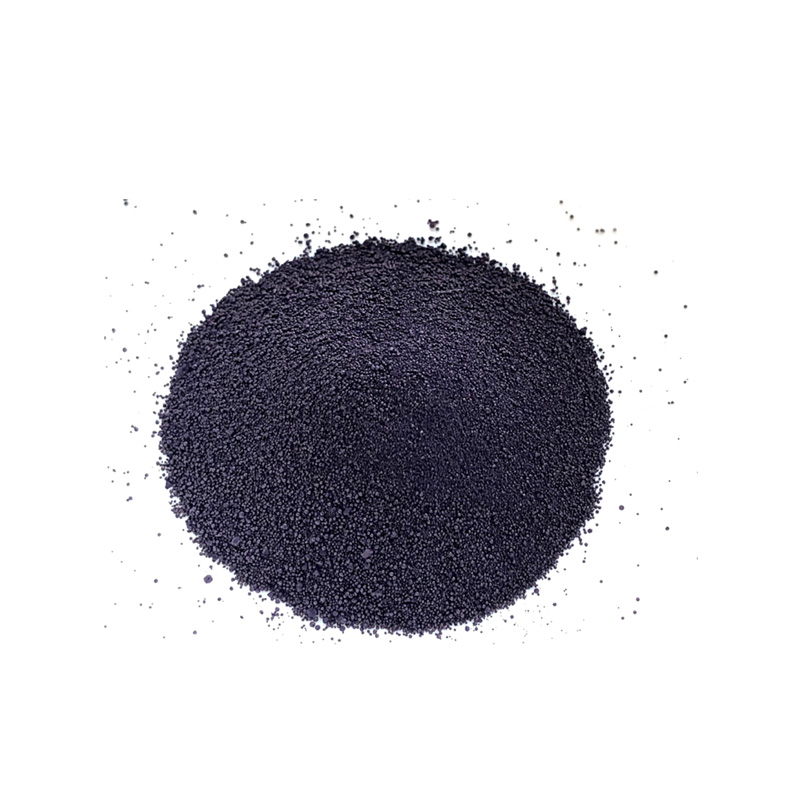china natural indigo dyeing
The Art of Natural Indigo Dyeing in China
Indigo dyeing has a rich history in China, where the deep blue hue has been cherished for centuries. This technique, utilizing the leaves of the indigo plant (Indigofera tinctoria), is not merely a method of coloring textiles but a profound cultural tradition that reflects the artistry and ingenuity of Chinese craftsmanship.
Historically, indigo dyeing in China can be traced back over two thousand years, with references found in ancient texts and artifacts. The process was initially developed for practical purposes, such as dyeing fabrics for everyday use. However, as time progressed, indigo became a symbol of wealth and status, often used by the elite and in ceremonial garments.
The Art of Natural Indigo Dyeing in China
Once the indigo dye is ready, the actual dyeing process begins. Fabrics, often made from cotton or silk, are soaked in a solution of the indigo dye. Remarkably, the fabric appears greenish when removed from the dye bath, but it turns a vibrant blue as it encounters oxygen. This chemical reaction is what gives indigo its signature deep color. Achieving the desired shade often involves multiple dips in the dye bath, showcasing the skill and patience required by artisans.
china natural indigo dyeing

In recent years, there has been a resurgence of interest in natural indigo dyeing, propelled by a growing appreciation for sustainable and eco-friendly practices. Unlike synthetic dyes, which can be harmful to both the environment and human health, natural indigo is biodegradable and poses minimal risk. As consumers become more conscious of their environmental impact, the demand for responsibly sourced materials has surged, leading many artisans and small businesses to promote this traditional craft.
Moreover, natural indigo dyeing serves as a vehicle for cultural expression. Each region in China has its own unique methods, motifs, and patterns that reflect local traditions and histories. For instance, the Dong ethnic group in Guizhou province is renowned for its indigo-dyed textiles, which often incorporate intricate designs that tell stories of their heritage. These textiles not only serve as clothing but also as cultural artifacts that preserve the identity of the communities.
Today, workshops and studios across China are dedicated to reviving and promoting natural indigo dyeing. Educational programs are being implemented to teach younger generations the techniques and significance of this craft. By blending traditional methods with contemporary design, artisans are able to create modern pieces that resonate with a global audience, ensuring that this ancient art form continues to thrive.
In conclusion, natural indigo dyeing in China is much more than a method for coloring fabrics; it is a vibrant intersection of history, culture, and sustainability. As the world embraces the beauty and significance of this art form, the deep blue of indigo will continue to tell the stories of generations to come, capturing the essence of Chinese heritage in every dye-laden thread.
-
The Timeless Art of Denim Indigo Dye
NewsJul.01,2025
-
The Rise of Sulfur Dyed Denim
NewsJul.01,2025
-
The Rich Revival of the Best Indigo Dye
NewsJul.01,2025
-
The Enduring Strength of Sulphur Black
NewsJul.01,2025
-
The Ancient Art of Chinese Indigo Dye
NewsJul.01,2025
-
Industry Power of Indigo
NewsJul.01,2025
-
Black Sulfur is Leading the Next Wave
NewsJul.01,2025

Sulphur Black
1.Name: sulphur black; Sulfur Black; Sulphur Black 1;
2.Structure formula:
3.Molecule formula: C6H4N2O5
4.CAS No.: 1326-82-5
5.HS code: 32041911
6.Product specification:Appearance:black phosphorus flakes; black liquid

Bromo Indigo; Vat Bromo-Indigo; C.I.Vat Blue 5
1.Name: Bromo indigo; Vat bromo-indigo; C.I.Vat blue 5;
2.Structure formula:
3.Molecule formula: C16H6Br4N2O2
4.CAS No.: 2475-31-2
5.HS code: 3204151000 6.Major usage and instruction: Be mainly used to dye cotton fabrics.

Indigo Blue Vat Blue
1.Name: indigo blue,vat blue 1,
2.Structure formula:
3.Molecule formula: C16H10N2O2
4.. CAS No.: 482-89-3
5.Molecule weight: 262.62
6.HS code: 3204151000
7.Major usage and instruction: Be mainly used to dye cotton fabrics.

